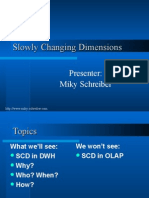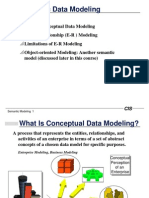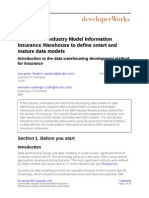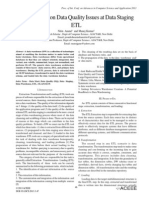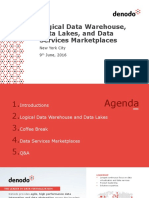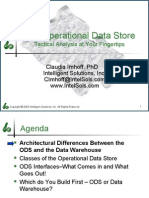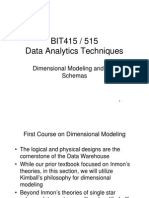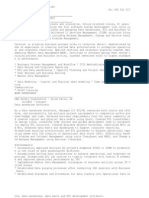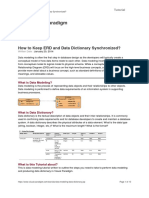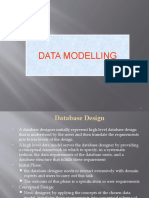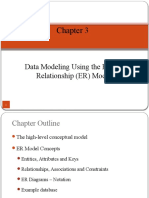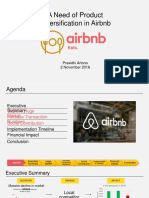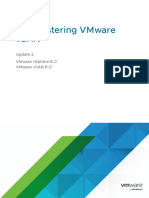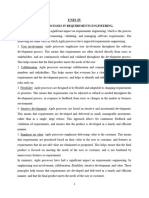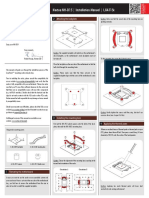0% found this document useful (0 votes)
60 views17 pagesData Modeling - Design
The document discusses data modeling which includes defining, constructing, and manipulating data models at different levels from business to technology. It describes what a data model is, the reasons for using data models, and different types of data models including conceptual, logical, and physical models. Finally, it covers key aspects of data modeling like entities, attributes, relationships, and developing entity relationship diagrams.
Uploaded by
tayebwaezra4Copyright
© © All Rights Reserved
We take content rights seriously. If you suspect this is your content, claim it here.
Available Formats
Download as PPTX, PDF, TXT or read online on Scribd
0% found this document useful (0 votes)
60 views17 pagesData Modeling - Design
The document discusses data modeling which includes defining, constructing, and manipulating data models at different levels from business to technology. It describes what a data model is, the reasons for using data models, and different types of data models including conceptual, logical, and physical models. Finally, it covers key aspects of data modeling like entities, attributes, relationships, and developing entity relationship diagrams.
Uploaded by
tayebwaezra4Copyright
© © All Rights Reserved
We take content rights seriously. If you suspect this is your content, claim it here.
Available Formats
Download as PPTX, PDF, TXT or read online on Scribd
/ 17


